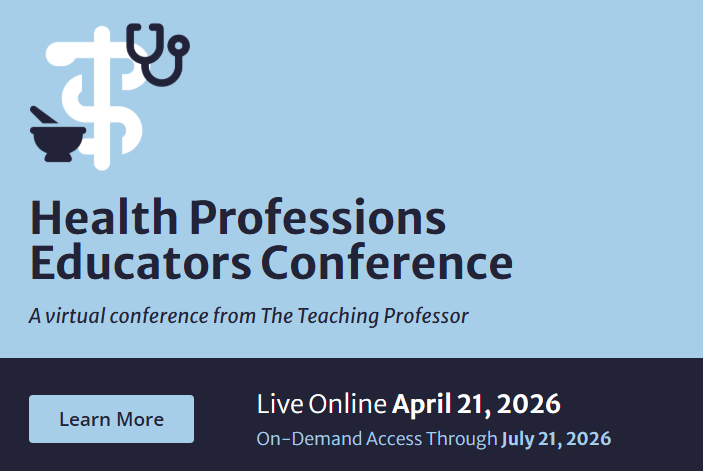Cell Phones in the Classroom: What’s Your Policy?
Are we old fuddy-duddies when we ask (demand) students to put away their cell phones in the classroom or clinical areas? Students tell me this is just the way it is now, but I disagree. I teach courses in health sciences. Students practice in the hospitals, interacting with and caring for real patients. My colleagues and I have found students with their phones in their pockets, in their socks, and in their waist bands in order to have access to their precious smart phones but still hide them from instructors. We have found students sitting on stools texting while the hospital preceptors did the work. Some students are one phone call or text away from dismissal from the program before they stop using cell phones in classroom or clinical setting. What is the answer to this problem? Are faculty members being too demanding by placing cell phone restrictions in syllabi or clinical handbooks?



